TX
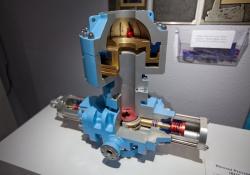
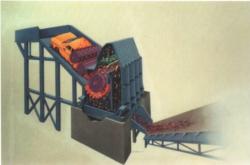
This machine, designed by Alton S. Newell, efficiently reduced automobile bodies into scrap metal for recycling. A body was fed into the shredder at a controlled rate, and rotating hammers, driven by a 500-hp motor, shredded it into small pieces that were easily shipped. The process took about 10 minutes a car and used less energy than other shredding and crushing machines.
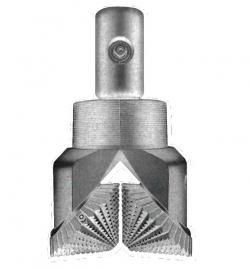
Prior to 1909 the traditional fishtail bit scraped the rock and quickly dulled in service. The Hughes two-cone bit's revolutionary rolling action crushed hard-rock formations with twin cone-shaped, hardened steel bits, each with 166 cutting edges, revolving on bronze bearings shaped to provide a large surface with reduced friction.
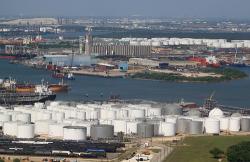
The 50-mile Houston Ship Channel is a manmade port for ocean-going vessels, stretching from the Gulf of Mexico to Houston and Harris County, Texas.
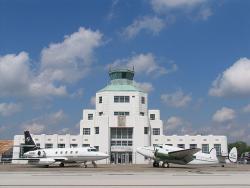
The terminal, designed by noted architect Joseph Finger and built by the Works Progress Administration, is a rare remaining example of classic art deco airport architecture, featuring the distinctive design elements of that age: step forms, sweeping curves, and intricate geometrical patterns and motifs. Opened on September 28, 1940, the terminal was Houston’s gateway to the world, and served the fleets of Braniff Airlines and Eastern Air Lines.
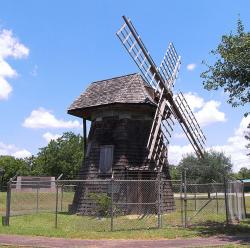
This is an old technology brought here by new immigrants. It represents the beginning of modern life in a hard wilderness. This wind-powered gristmill was built in 1870 by Fred Meiss, Jr., and Otto Fiek near Spring Creek, from parts of the first windmill in the new state of Texas, erected by E.G. Witte. The millstones are the ones Witte imported from Europe and are believed to be one of the earliest sets in the United States to survive.
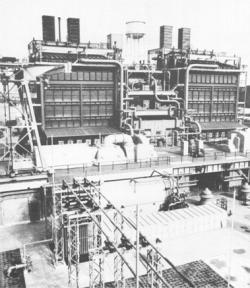
On April 21, 1949, a completely outdoor turbine-generator was placed into commercial operation at the Greens Bayou electric power plant--the first fully outdoor unit to operate in the United States. The demand for unprecedented quantities of electricity after World War II pressed utilities to provide addition power quickly. The outdoor design, unlike the traditional large turbine hall, resulted in significant reductions in the cost per kilowatt to build the plant.
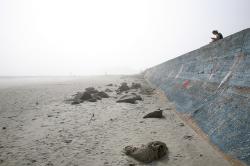
Galveston Island is a barrier island located two miles off the Texas coast. The island is about 3 miles wide at its widest and about 28 miles long. The Galveston Seawall extends over 10 miles along Galveston's oceanfront, protecting life and property against hurricanes and tropical storms.
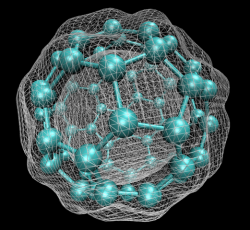
In early September 1985, a team of scientists discovered a previously unknown pure carbon molecule, C60, which they dubbed buckminsterfullerene. The name was chosen because the geodesic domes of Buckminster Fuller provided a clue that the molecule’s atoms might be arranged in the form of a hollow cage. The structure, a truncated icosahedron with 32 faces, 12 pentagonal and 20 hexagonal, has the shape of a soccer ball.
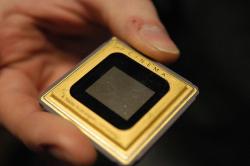
Innovations
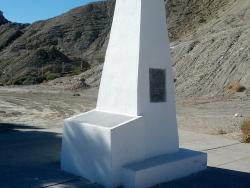
William Emory was an 1831 graduate of the U.S. Military Academy at West Point. When the Mexican War broke out, he was assigned as chief engineer officer to General Stephen Kearny, whose army traversed largely unknown territories in the West. The U.S. War Department would later print 10,000…
Read More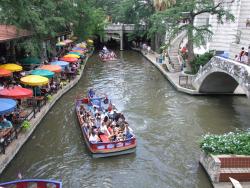
San Antonio's River Walk, a catalyst for abundant commercial and tourism enterprise, is generally regarded by cities and urban planners throughout the world as a prototype for the development of urban riverfront sites. The River Walk's success, however, would not have been possible without a…
Read More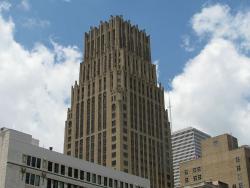
The tower was designed to rest on a continuous reinforced concrete mat, 4 feet thick, with the base of the slab 24 feet below street level.
What makes the Texas Commerce Bank Building revolutionary in the civil engineering world is not so much the building itself, but its foundation. …
Read MoreOn 12 September 1958, Jack S. Kilby demonstrated the first working integrated circuit to managers at Texas Instruments. This was the first time electronic components were integrated onto a single substrate. This seminal device consisted of a phase shift oscillator circuit on a tiny bar of…
Read More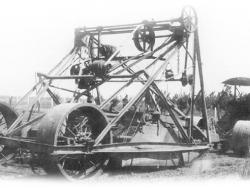
When Robert G. LeTourneau started moving earth in 1919, he thought that land leveling should require only one man. In 1920, by installing a generator and electric motors, R.G. was able to control the scraper blade from the tractor seat while driving the tractor.
In June 1922,…
Read More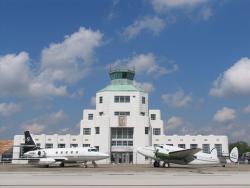
The 1940 Air Terminal is a beautiful and rare example of classic art deco airport architecture from the golden age of flight. Designed by noted architect Joseph Finger, the Terminal was built to meet Houston’s growing role as a major center for air commerce in the 1930s. Its grand…
Read More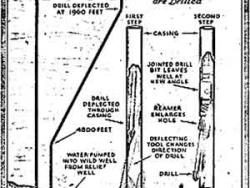
H. John Eastman introduces controlled directional drilling in 1929 and was awarded a patent the following year.
The technique became widely adopted after an oil strike in Conroe, Texas, caught fire in January 1933. The well exploded, creating a 600-foot deep crater, and the oil burned…
Read More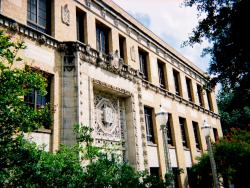
Scoates Hall 1932 A Historic Landmark of Agricultural Engineering Named for Daniels Scoates Designer of this Building Professor and Head Department of Agricultural Engineering 1919 to 1939 Eleventh President of ASAE Teacher, Writer, Engineer Counselor to Youth, His Example Still Inspires.…
Read More

